How to Slip Stitches for a Pretty Edge
When you knit a pattern that has an exposed edge, usually the project is knitted in garter stitch or seed stitch. This keeps your work from rolling under. You would find this on projects like blankets, ponchos, dishcloths or anything that is not seamed to another edge. There is a way to improve the look of that exposed edge; slipping the first stitch of the row creates a really nice edge that looks finished.
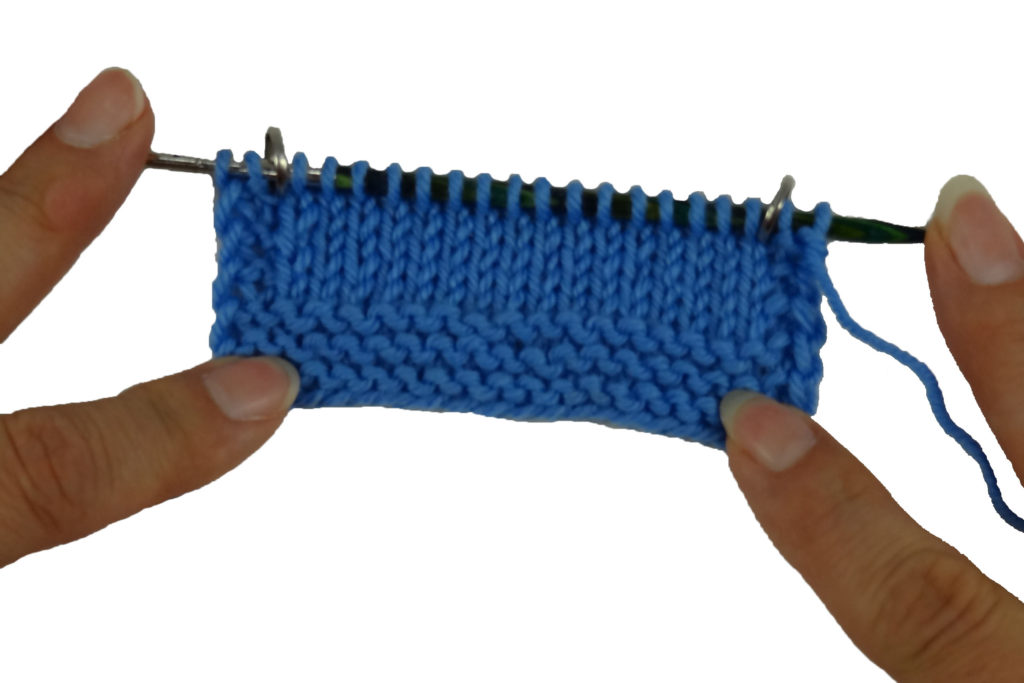
The first thing you need to know is when you can slip the first stitch. I have done it on afghans, ponchos, sweaters, dish cloths, scarfs, shawls; anything that will lay flat would work. You can even do it when the pattern does not tell you to do so. The best thing to do is to read ahead in the pattern and make sure that it would be appropriate. I have recently used this technique on a sweater I knitted. It called for the edge stitches to be slipped then picked up for the lapel and collar. With the elongated edge the slipped stitches created, it made it very easy to pick up the stitches

There are times when I would not recommend slipping the first stitch of a row and that is when you need to seam the edge. Seaming an edge is done between the edge stitch and the second stitch in. If you slip the edge stitches that you want to seam, it creates an elongated stitch without the bars between the stitches, therefore the stitch is not as stable as when it has been knitted. You actually use the bars between the stitches to seam so if you don’t have as many bars to pick up, the seam will not be as sturdy.
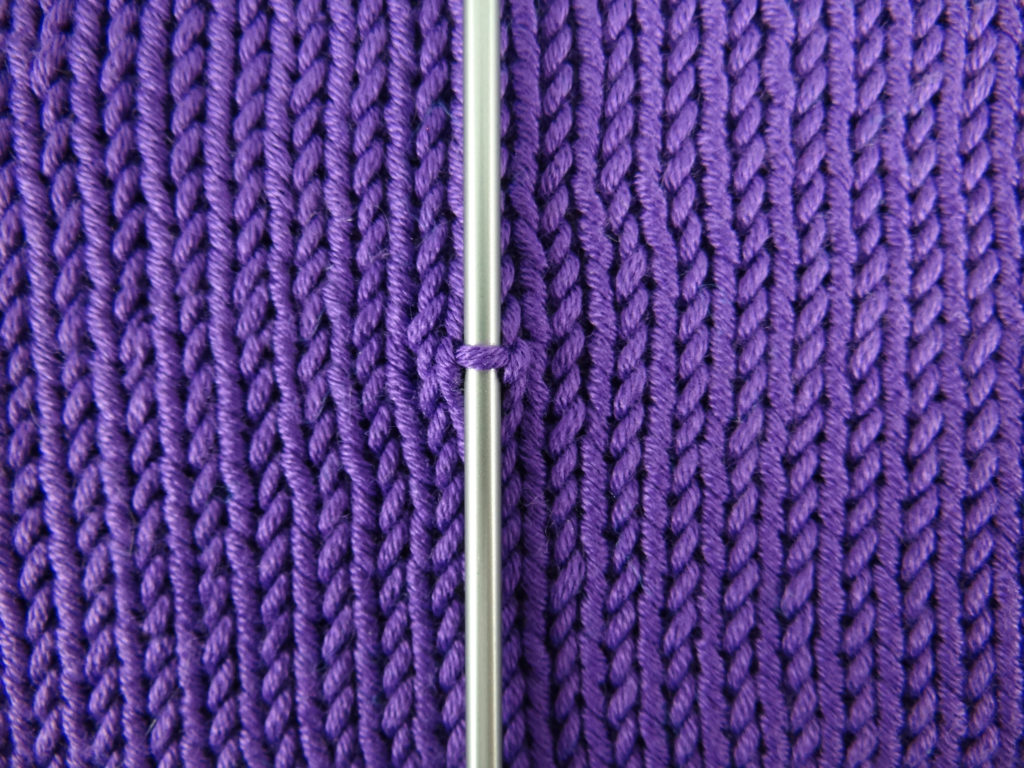
I will demonstrate how to slip a stitch. First, slip the stitch purlwise (from the left needle to the right needle) with the yarn in front. Purlwise means insert the needle from the right-hand side to the left as if you were going to purl the stitch.

Secondly, move the yarn between the needles and put it to the back of your work

Finally, knit the next stitch
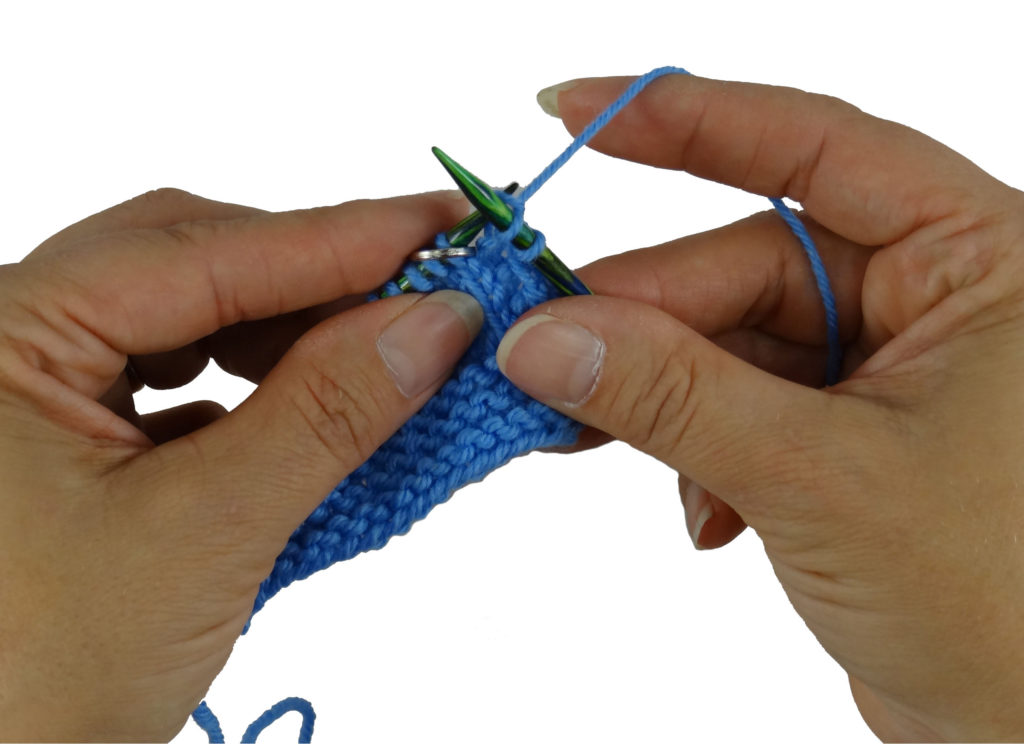
Using this slipped stitch technique is personal preference and is for decorative purposes only. I encourage you to try it on a couple of projects to see if you like it. Little tips like this take your knitting to the next level and make it look more professional. Share below, in the comments, one of your favorite tricks that you feel makes your knitting look more professional. I would love to hear about it.
Knit with Love my Friend,

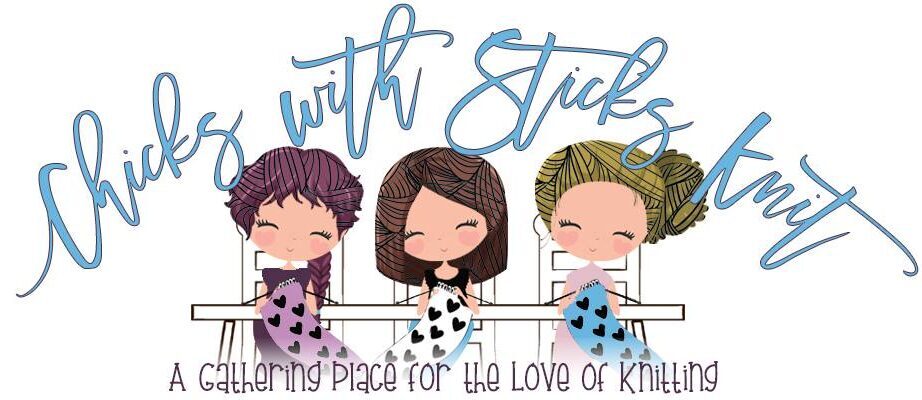

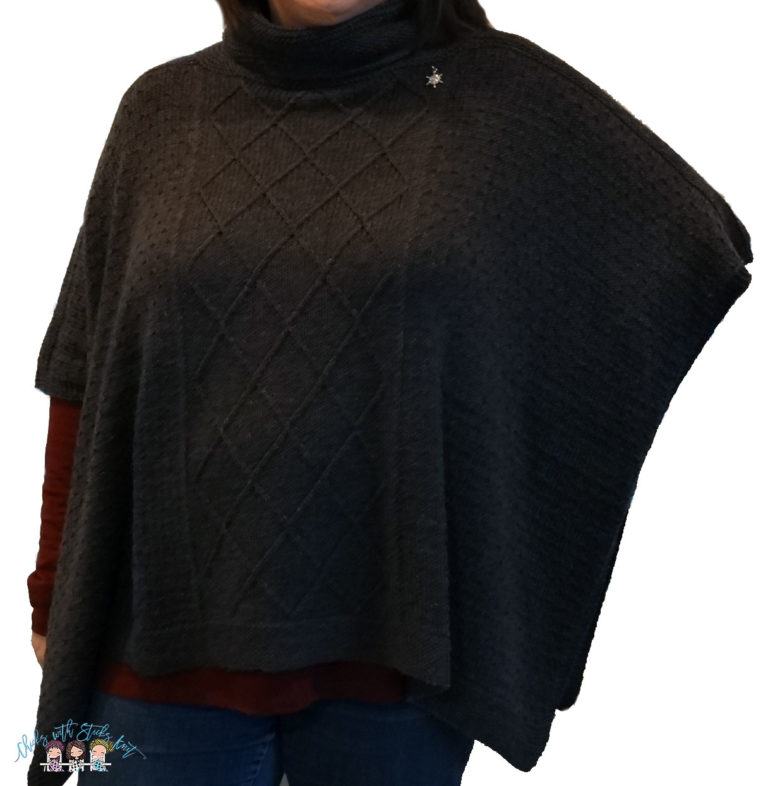


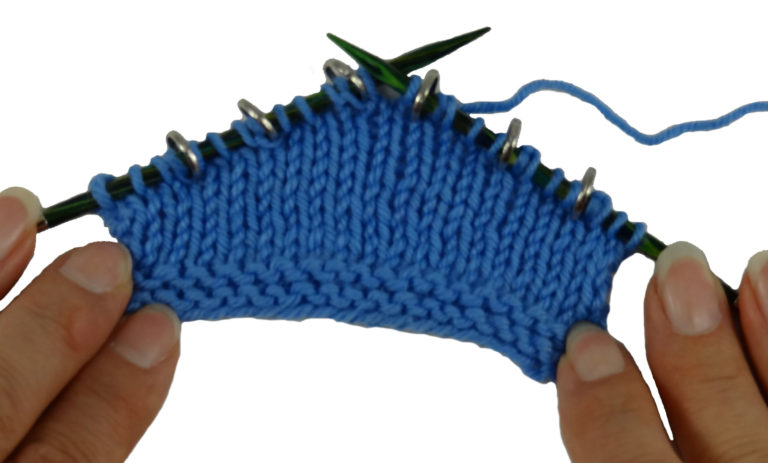
I am making a baby blanket that has a seed stitch border all the way round and I would like to have a slip stitch edge also. If I slip the first stitch purlwise, then that would be considered the first stitch which is supposed to be a knit stitch and I would have to purl the next stitch to keep in accordance with the pattern. How would I do this and still get the pretty edge? The pattern calls for K1, P1, K1 at the beginning and end of each row. Thank you for your help.
Becky thank you so much for taking a look at my blog. You can still do a slip stitch on the edge and keep it in pattern. You would do a slip stitch, P1, K1. Then on the way back on the last 3 stitches you would just do a K1, P1, K1. It will have a nice edge but keep it in your seed stich pattern. I would love it if you sent me a picture when you are done!
There are also different ways to insert the needle into the stitch. Knitting through the front of a stitch is called Western knitting. Going through the back of a stitch is called Eastern knitting. A third method, called combination knitting, goes through the front of a knit stitch and the back of a purl stitch.
Thank you for sharing this information!